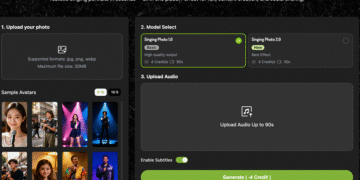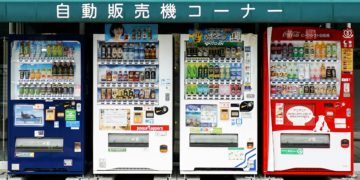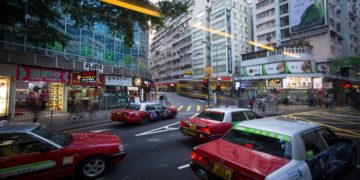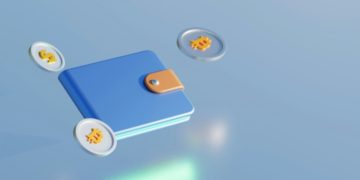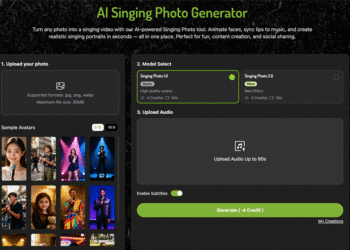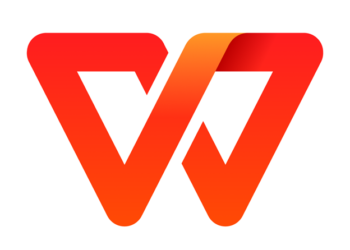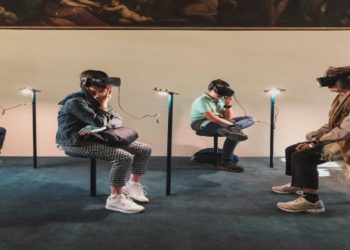The AI image generation landscape has been dramatically transformed by an unexpected newcomer with a curious name. Google’s Nano Banana—officially known as Gemini 2.5 Flash Image—has emerged as a powerhouse tool that’s reshaping how creators approach visual content production.
The Surprising Rise of Nano Banana
Few could have predicted that a tool nicknamed after a tropical fruit would become the talk of the tech world. Nano Banana first caught attention through blind tests on LMArena, where users repeatedly favored an anonymous model that displayed exceptional ability to maintain consistent characters across multiple generations. The mysterious model occasionally inserted banana emojis into its creations, earning its fruity nickname before Google eventually confirmed it was their latest Gemini image technology.
What makes this revelation particularly significant is how Nano Banana addresses longstanding pain points in AI image generation that competitors have struggled to solve.
Breaking New Ground in AI Visual Creation
Character Consistency That Finally Works
Anyone who has used AI image generators knows the frustration of trying to create multiple images of the same character, only to have facial features, clothing details, and overall appearance shift dramatically between generations. Nano Banana’s breakthrough consistency means creators can finally produce series of images featuring the same character without jarring differences—a capability that opens entirely new creative possibilities.
“I’ve been able to create an entire children’s book with the same protagonist throughout all 18 illustrations,” reports children’s author Maya Chen. “Before Nano Banana, I had to heavily edit each image or just accept that my character would look different on every page.”
Editing Through Conversation
Rather than requiring technical knowledge of image editing software, Nano Banana allows users to modify images through natural conversation. This conversational approach to image editing represents a fundamental shift in how we interact with visual content creation tools.
A user can upload a photo of their living room and simply type: “Replace my sofa with a mid-century modern one in dark blue, add a fiddle leaf fig plant in the corner, and make the lighting warmer.” Nano Banana interprets these instructions with remarkable accuracy, preserving the room’s overall structure while implementing the requested changes.
Speed That Changes Creative Flow
The difference between waiting 15 seconds and 2 seconds for an image might seem minor, but in practice, it transforms the creative process. Nano Banana’s near-instantaneous generation allows for a fluid ideation experience where creators can rapidly iterate through concepts without losing momentum.
Marketing strategist Damon Williams describes the impact: “When generating campaign visuals, that speed difference means I can explore 30 concepts in the time it used to take to explore just 6. This has fundamentally changed how we approach brainstorming sessions.”
Real-World Impact Across Industries
Revolutionizing Product Visualization
E-commerce businesses have discovered Nano Banana’s potential for product visualization. Online retailer StyleHaven implemented the technology to show their clothing line on diverse body types and in various settings without expensive photoshoots.
“We’ve seen a 40% reduction in return rates since implementing these more accurate visualizations,” notes StyleHaven’s digital experience director. “Customers now have a much clearer understanding of how products will look in real life.”
Transforming Architectural Visualization
Architecture firm ModernSpace has integrated Nano Banana into client presentations, allowing real-time visualization of design modifications during meetings.
“When a client asks ‘What if we moved that wall?’ or ‘Can we see more natural light here?’ we can show them the changes instantly,” explains lead architect Jamie Winters. “This has cut our revision cycles in half and significantly improved client satisfaction.”
Democratizing Creative Production
Perhaps most significantly, Nano Banana is putting sophisticated image creation capabilities in the hands of people without technical backgrounds or expensive equipment.
Small business owner Leila Patel shares: “As a one-person shop, I could never afford professional product photography or graphic design. With Nano Banana, I’ve created an entire visual brand identity and product catalog that looks professional enough to compete with much larger companies.”
How to Experience Nano Banana for Free

While Google has incorporated this technology into their Gemini ecosystem for subscribers, independent platform Pollo AI offers access to Nano Banana with a generous free tier. This accessibility has contributed to the tool’s rapid adoption across diverse user groups.
First-time users often start with simple text-to-image prompts before graduating to more complex image editing tasks. The platform’s intuitive interface makes the learning curve remarkably shallow, with most users reporting productive results within minutes of their first interaction.
Current Limitations
Despite its impressive capabilities, Nano Banana isn’t perfect. Users report occasional issues with complex anatomical features like hands, and very specific stylistic requests can sometimes yield unpredictable results. Multiple rounds of editing can also introduce subtle artifacts that degrade image quality over time.
However, the technology’s rapid improvement trajectory suggests these limitations may soon be overcome. Google’s research team continues to refine the model, with particular focus on maintaining image fidelity through multiple editing cycles.
Broader Implications
Beyond its immediate practical applications, Nano Banana signals a significant shift in how we think about creative tools. The ability to express visual ideas through natural language rather than technical interfaces democratizes creative expression in unprecedented ways.
Digital futurist Elena Morales observes: “We’re witnessing the emergence of a new visual literacy where the barrier between imagination and creation is increasingly thin. Tools like Nano Banana don’t just make existing creative processes more efficient—they fundamentally change who can participate in visual creation and how ideas take form.”
Conclusion: A New Visual Creation Paradigm
Google’s Nano Banana represents more than just another incremental improvement in AI image generation. Its combination of character consistency, natural language editing, and processing speed has established a new benchmark for what creators can expect from AI tools.
As the technology continues to evolve and find new applications across industries, we’re likely witnessing the early days of a fundamental shift in visual content creation—one where the limiting factor is no longer technical skill or resources, but simply the boundaries of human imagination. Whether you’re a professional creator looking to streamline production workflows or someone who has never considered themselves “artistic,” Nano Banana offers an invitation to explore visual expression with unprecedented ease and flexibility. The banana-themed revolution in AI imaging has only just begun.




